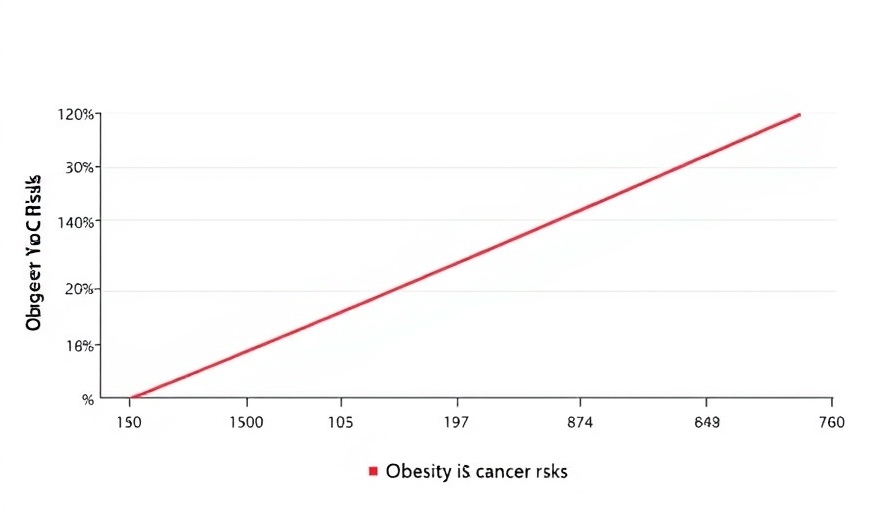
Obesity-Related Cancers: An Epidemic Challenge
In the United States, obesity is a public health crisis, with over 40% of adults classified as obese. This staggering statistic is closely linked to an increase in various cancer types, with research indicating that approximately 5% of new cancer cases in men and 10% in women can be attributed to excessive weight. While many initiatives aim to solve this crisis by increasing access to healthy foods, a recent study reveals that this approach alone may not effectively curb the obesity epidemic or reduce related cancer risks.
The Heart of the Matter: Where We Shop Matters
A research team using GPS-tracked mobility data analyzed shopping patterns, revealing a crucial factor — people often shop outside their immediate neighborhoods. Their work indicates that just providing more healthy food options is not sufficient. Many consumers prefer convenience over health, often opting for retailers far from home, which can lead to unhealthy purchasing habits despite nearby healthy options.
Exploring the Research: What the Findings Mean
Researchers from the University of Connecticut and beyond formed a comprehensive study published in BMC Medicine, utilizing data from around 359,000 retailers across the nation. They connected shopper location data with cancer rates, emphasizing a troubling disconnect between accessibility to healthy food and actual buying behavior. While the presence of healthy grocery stores should ideally improve diet quality, the reality seems far more nuanced.
The Complexities of Consumer Behavior
This complexity is propelled by multiple factors, including market trends and individual preferences. As researcher Ran Xu noted, increased access does not automatically translate to healthier shopping habits. Moreover, consumers often rely on established shopping routes, which may lead them to purchase less nutritious food despite being surrounded by healthier alternatives.
Future Steps: What Can Be Done?
To address these intertwined issues, stakeholders must not only focus on food availability but also on influencing consumer behavior effectively. Possible strategies could involve community education and awareness campaigns that highlight the benefits of healthy eating and provide options that fit into consumers' daily routines. Additionally, partnerships with local health initiatives could create programs that encourage healthier choices through incentives or community events.
Taking Action: A Call for Community Engagement
Despite the challenges illustrated by the research, there is potential for community-based solutions to emerge. By fostering a culture of well-being and educating individuals about making healthier choices, communities can collectively tackle both obesity and its related cancer risks.
In Conclusion: Our Health, Our Choices
Understanding that food access alone is not the solution empowers us to seek out broader strategies for better health outcomes. Engaging with local health and wellness initiatives and taking responsibility for our choices can pave the way for improved community health. If you're wondering about the best ways to enhance your own wellness, consider local events that promote healthy living and connect with resources that offer support.
 Add Row
Add Row  Add
Add 




 Add Row
Add Row  Add
Add 


Write A Comment